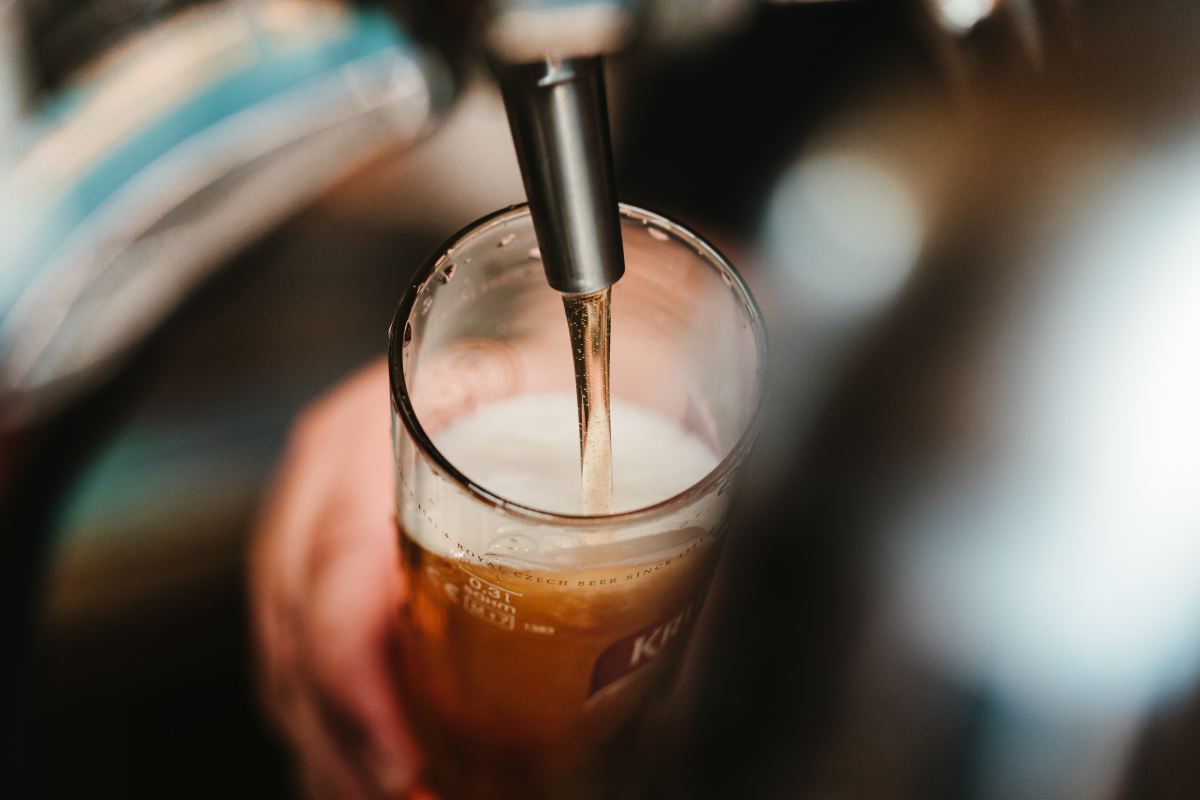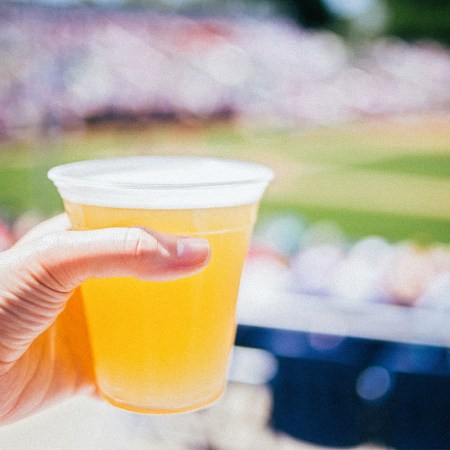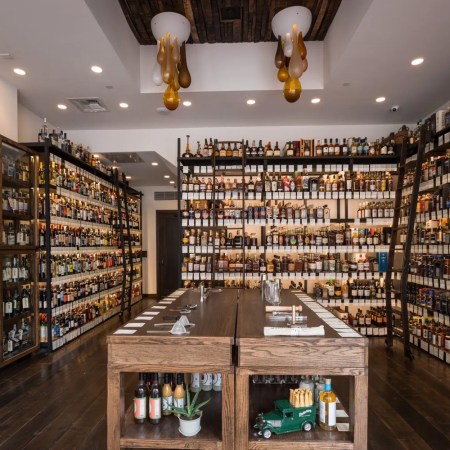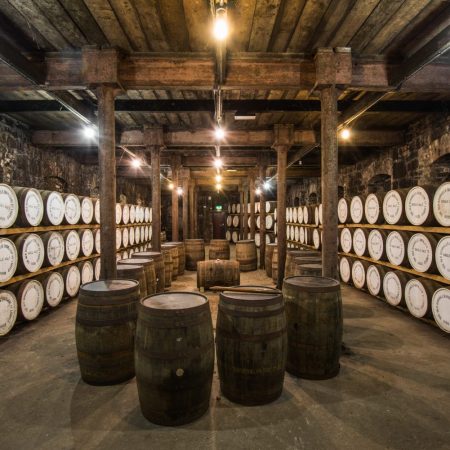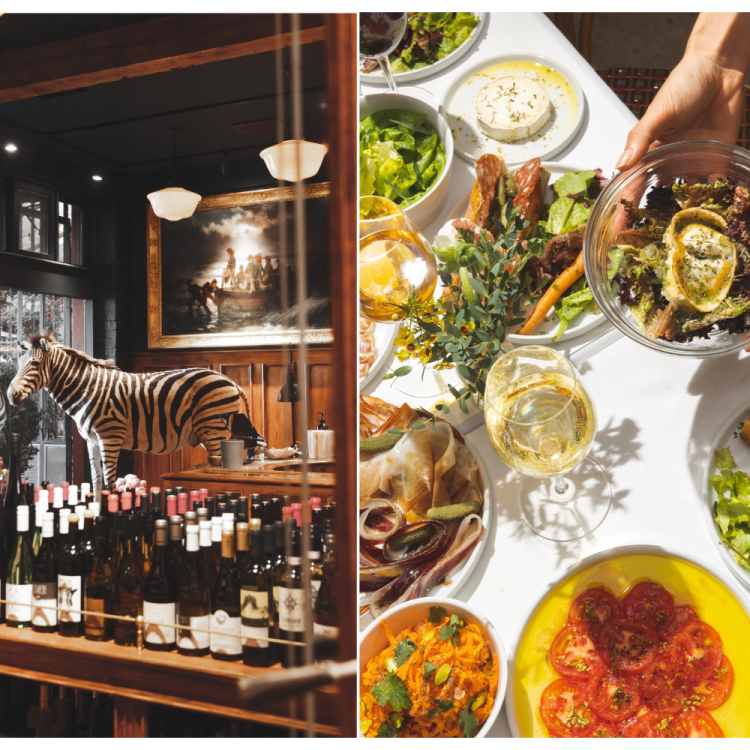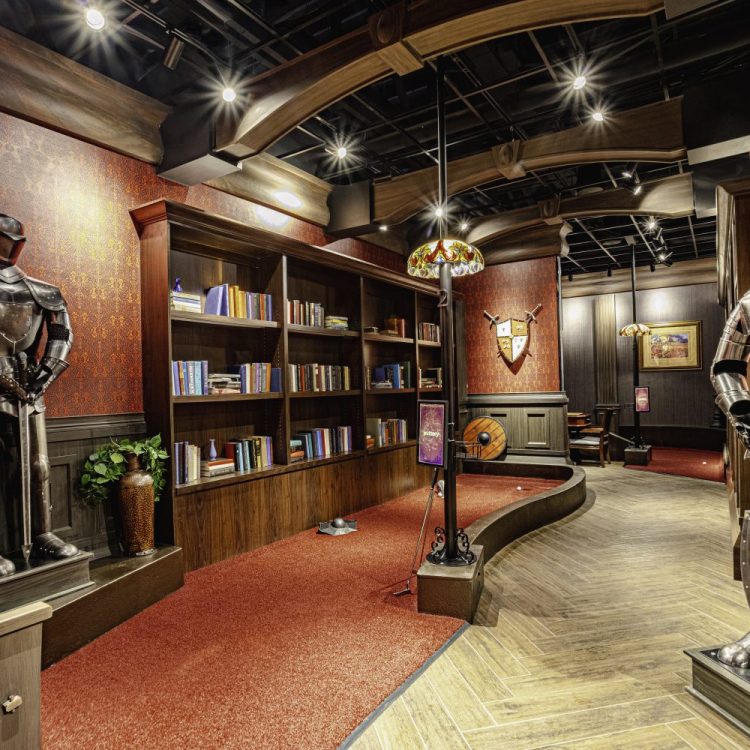For seven months in a row, domestic tax paid shipments from U.S. breweries have declined from the same point in 2022, according to recently released statistics from the Beer Institute (BI). While those numbers don’t include October, the overall picture is grim, as unofficial figures show a 7.1% decrease in September (as measured by domestic tax paid on 31-gallon barrels) and a decrease year-to-year for every month in 2023 except one.
Interestingly, while BI provided the figures, they offered no context. The most recent comments from the trade group arrived in July in an editorial by Brian Crawford, the President and CEO of the Beer Institute. “After three years of severe economic uncertainty, we’re proud that our dynamic beer industry is doing better than ever,” he wrote. “Beer contributes more than $409 billion annually to the U.S. economy. That’s roughly 1.6% of GDP — more than any other alcohol beverage. Beer is as crucial to American economic prosperity as it is to its culture.”
Interestingly, Crawford spends much of his editorial railing against tax breaks for makers of canned cocktails as well as lamenting tariffs on aluminum, and it’s here we might find some reasons why beer is falling out of favor. While not mentioning any statistics, the beer industry is certainly aware of the increasing popularity of ready-to-drink (RTD) canned beverages; ready-to-drink (RTD) beverage alcohol consumption has grown 104% in the past two years. According to BI, aluminum tariffs enacted five years ago have cost the American beverage industry nearly $1.9 billion and certainly led to increased prices (which, oddly, don’t seem to be affecting the canned cocktail world?).
And other beer-based groups seem to back this idea. “The number one reason why people say they’re drinking less craft [beer] isn’t because they’re watching their waistline or watching their wallet, it’s because they are drinking more of some other type of beverage alcohol,” said Bart Watson, chief economist for the Brewers Association, earlier this fall (per Forbes).
Rapidly Declining Beer Sales Have Put the Industry in a “Five Alarm Fire”
A massive beer industry organization has deep concerns about what’s to comeBeyond a love of pre-mixed cocktails and increased prices (and unsustainable growth that happened during COVID), other factors are certainly contributing to beer’s decline. The booze newsletter Fingers sarcastically blamed some recent conservative backlash while dismissing it outright: “Yeah, yeah: Bud Light,” they write, noting, “But even Modelo took a beating last month, with beers from south of the border down 12.8%.” Also, younger adults are drinking less in general. And even though there are more craft breweries than ever, their growth is slowing and more are closing.
Back in October, NBWA president and CEO Craig Purser called declining beer sales an industry-wide issue (and a “five-alarm fire.”). His suggestion? While noting there wasn’t one answer, he did suggest brewers should meet “the expectations and values of our existing consumers while making more room at the bar for new customers” and mentioned diversifying the customer base to appeal more to women and Black consumers.
Diversity is a solid idea, and that should also include diversifying what beer brands can offer (looking at you, craft breweries that cater to the IPA crowd). As BI’s Crawford noted, beer remains a significant part of the American economy — opening up the market to new ideas and new drinkers could help stem the losses, and gain a newly passionate customer base.
Join America's Fastest Growing Spirits Newsletter THE SPILL. Unlock all the reviews, recipes and revelry — and get 15% off award-winning La Tierra de Acre Mezcal.
